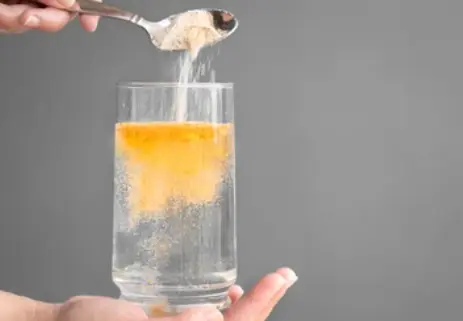 Welcome
Welcome
“May all be happy, may all be healed, may all be at peace and may no one ever suffer."
- A
- B
- C
- D
- E
- F
- G
- H
- I
- J
- K
- L
- M
- N
- O
- P
- Q
- R
- S
- T
- U
- V
- W
- X
- Y
- Z
Minor burns - Generics
Minor burns are burns that affect only the outer layer of skin, also known as first-degree burns, or the outer and underlying layer of skin, known as second-degree burns. They can be caused by exposure to heat, hot liquids, steam, or other sources of heat.
Symptoms of minor burns include pain, redness, swelling, and sometimes blistering. Treatment for minor burns typically involves cooling the burned area with cool water or a cold compress for 10-15 minutes to reduce pain and swelling. A sterile, non-adhesive dressing can be applied to protect the burned area from infection. Over-the-counter pain relievers, such as acetaminophen or ibuprofen, can help relieve pain and reduce inflammation.
It is important to seek medical attention if the burn is more severe, such as a third-degree burn, which affects all layers of skin and requires immediate medical attention. Signs of a more severe burn include charred or white skin, numbness, and a leathery appearance.
Prevention is key to avoiding minor burns. Avoid exposure to hot liquids or steam, wear protective clothing when working with heat sources, and ensure that smoke alarms and fire extinguishers are present and working properly in your home.

Apathy

Colitis

Parathyroid carcinoma

Solar urticaria

Diabetic ketoacidosis

Energy malnutrition

Chronic hepatitis B

Pre- and post-operative s...
Minor burns, সামান্য দগ্ধ
To be happy, beautiful, healthy, wealthy, hale and long-lived stay with DM3S.